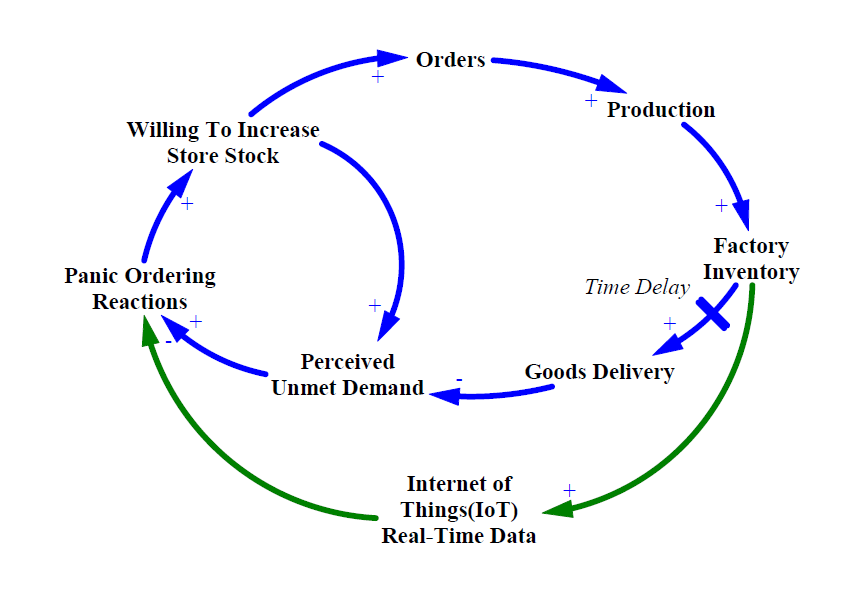































Supply Chain Management (SCM) has always been critical to business operations and success. Executives in large corporations remember lessons from their SCM courses back in business school. For those who have forgotten, consulting companies and universities teach SCM using well-known games such as the Beer Distribution Game. The problem the Beer Distribution Game highlights is the lack of insight people along the distribution chain have beyond a few steps. However, I'd posit that theInternet of Things (IoT)provides us the opportunity to holistically visualize and play with our entire supply chain. In effect, IoT may make the Beer Distribution Game a relic of the past.
 The Beer Distribution Game is a role-player table game created by Jay Forrester at MIT Sloan School of Management in the early 1960s to teach principles of management science. The game is played by teams who simulate the supply chain of the beer industry during 40 weeks. Each team represents a brand and the goal is to meet customer demand. Each player represents a specific area of the supply chain: retail, wholesale, distributor and factory. Within each team players cannot communicate each other and information is only passed through orders and shipments notes every week. The winner of the game is the team with lower total cost of capital employed in stock for everyone in the supply chain while avoiding out-of-stock situations.
The Beer Distribution Game is a role-player table game created by Jay Forrester at MIT Sloan School of Management in the early 1960s to teach principles of management science. The game is played by teams who simulate the supply chain of the beer industry during 40 weeks. Each team represents a brand and the goal is to meet customer demand. Each player represents a specific area of the supply chain: retail, wholesale, distributor and factory. Within each team players cannot communicate each other and information is only passed through orders and shipments notes every week. The winner of the game is the team with lower total cost of capital employed in stock for everyone in the supply chain while avoiding out-of-stock situations.
The most frequent problem during the game is accumulating excessive inventory due to the bullwhip effect -small changes in customer demand can result in large variation in orders placed upstream. Anyone can play this game from business school students to top supply chain executives. However the results are similar: once the game concludes, factory players who often accumulate 600+ stock units cannot believe that during the last 35 cycles the end customer demand remained completely constant with 4 units per week.
The purpose of the game is to illustrate the key principle that structure produces behavior, a concept from System Dynamics. Structural and communicative dysfunctions in many organizations that deal with material flows, stocks and time delays are responsible for high operational costs and market failure.
If downstream agents of the chain don't receive the data about consumer behavior in real time, they cannot adjust production.
The good news is that today advanced information technologies; such as wireless sensor networks, mobile embedded systems, telemetry and ubiquitous computing can be connected to 'things' across the entire supply chain (beer taps, distribution trucks, warehouses, factory control rooms, offices, etc...) creating an automated system able to seamlessly adjust offer to demand.
Cisco Systems and its partner ecosystems provide the technologies that help organizations to migrate from forecast-driven supply chains to real-time information-driven supply chains.
According to a Forrester Consulting survey, 53% of enterprises from industries where SCM is critical are planning to implement IoT solutions within the next 24 months.
The majority of IT decision makers are turning to IoT solutions to provide more visibility in the supply chain, reduce carbon emissions, improve customer interactions, and ultimately minimize operational expenses to be more competitive.
--- And now, interviews with two companies making IoT a reality for businesses! ---
 Tags quentes :
Internet of Things (IoT)
supply chain management
Beer Distribution Game
Tags quentes :
Internet of Things (IoT)
supply chain management
Beer Distribution Game